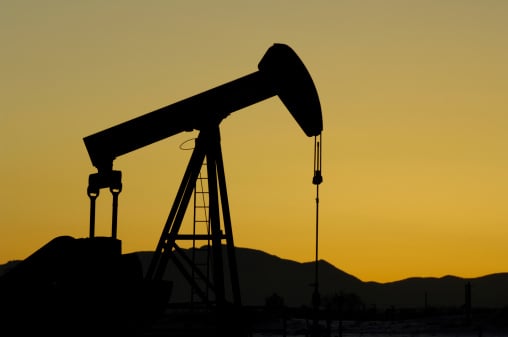No state has a lower unemployment rate than North Dakota, where it is 2.7%. No state is at a greater risk to have its unemployment rate soar. Low oil prices get the blame. Source: Thinkstock
Source: Thinkstock
Experts in the job market might make the case that the unemployment rate across the northern tier of states in the United States is low in general. South Dakota’s is 3.3%, Idaho’s 3.9% and Minnesota’s 3.7%. But each of these states has a broader job base than North Dakota does in terms of industries and government jobs. Therefore, the risk of a jobless spike among them is much lower.
North Dakota’s problem is to some extent based on the small number of people who can work against the count of those who work in the energy industry. The civilian labor force in the state is only 418,000.
According to a recent study covered by Bloomberg editors:
That may be about to change. For every 25 percent drop in oil prices, employment could decline 0.6 percent in Texas and 0.8 percent in Louisiana. Wyoming stands to lose 2.1 percent of its jobs and North Dakota and Oklahoma about 1 percent each, according to research by Stephen Brown, a professor of economics at the University of Nevada-Las Vegas, and Mine Yücel at the Federal Reserve Bank of Dallas.
ALSO READ: 5 States With High Gasoline Prices
Other analysts imply the risk is much greater, According to CNBC editors who reviewed the November jobs report:
In North Dakota — the second-largest oil producing state, according to the EIA — they’re still hiring in the oil patch, where an energy boom has pushed the jobless rate down to just 2.7 percent, lowest in the country. Last month, half of the overall 2,200 gain in non-farm payrolls came from the mining and logging category. Trade transportation and utilities added 900 jobs and construction added another 800, with many of those serving oil production projects.
Specific analysis aside, 4,200 job lost pushes the unemployment rate in North Dakota up 1%.
The key to the jobless rate in the state is obviously how many oil producers sharply cut production as oil prices fall from $100 in June to $50 recently. Many of the producers in North Dakota are small operations that rely on fracking for all of their production. Some of these do not have the balance sheets to bridge them through a long period in which they have to incur production losses, or shut (perhaps temporarily) down altogether.
Evidence of the effects of oil prices on North Dakota jobs will show up in the Bureau of Labor Statistics figures by state in February or March. And the data will show the rate has spiked up in North Dakota. It is just a matter of how much.
ALSO READ: Lower Oil Prices and the Initial Impact on Houston
Take This Retirement Quiz To Get Matched With An Advisor Now (Sponsored)
Are you ready for retirement? Planning for retirement can be overwhelming, that’s why it could be a good idea to speak to a fiduciary financial advisor about your goals today.
Start by taking this retirement quiz right here from SmartAsset that will match you with up to 3 financial advisors that serve your area and beyond in 5 minutes. Smart Asset is now matching over 50,000 people a month.
Click here now to get started.
Thank you for reading! Have some feedback for us?
Contact the 24/7 Wall St. editorial team.


